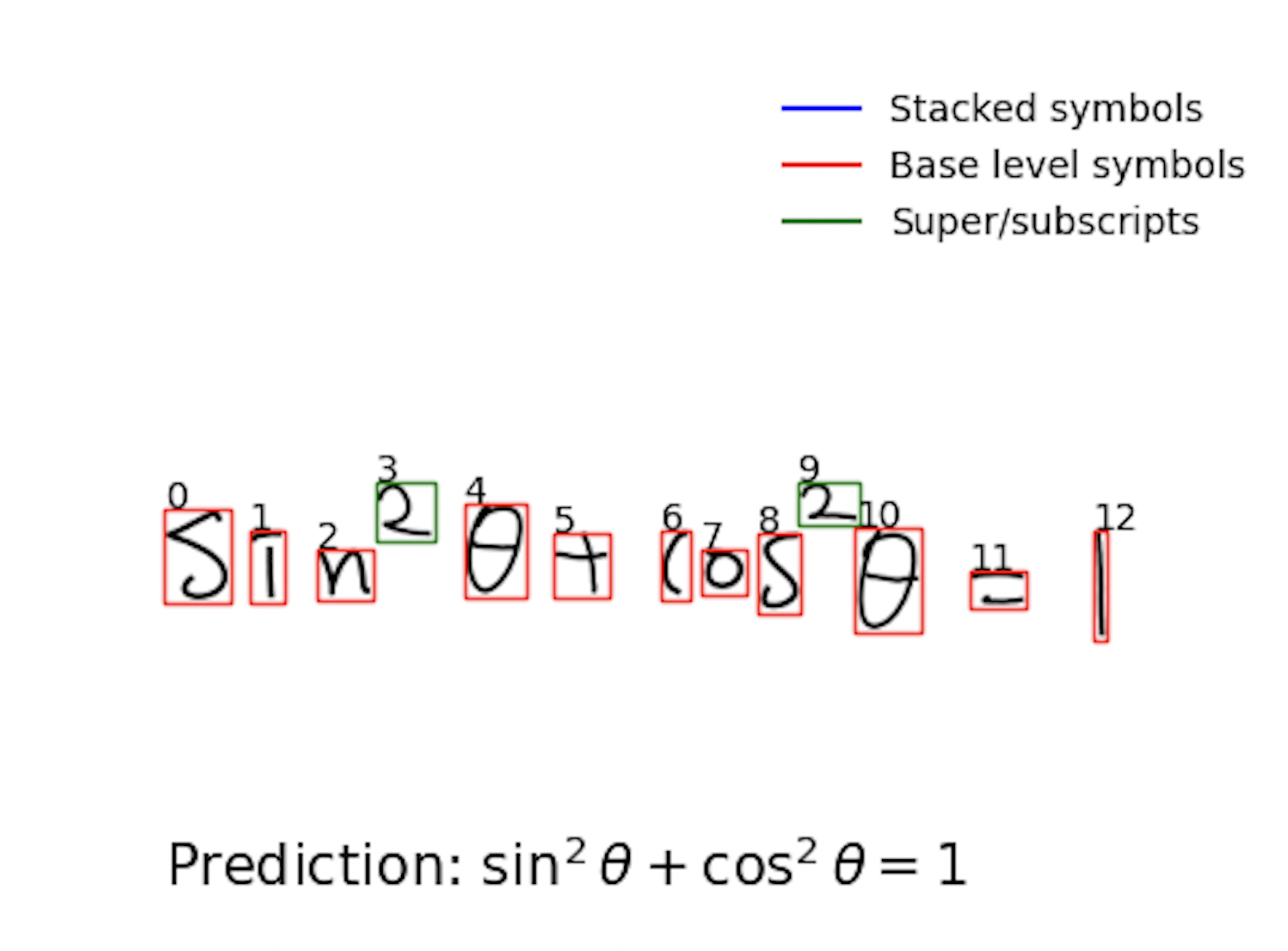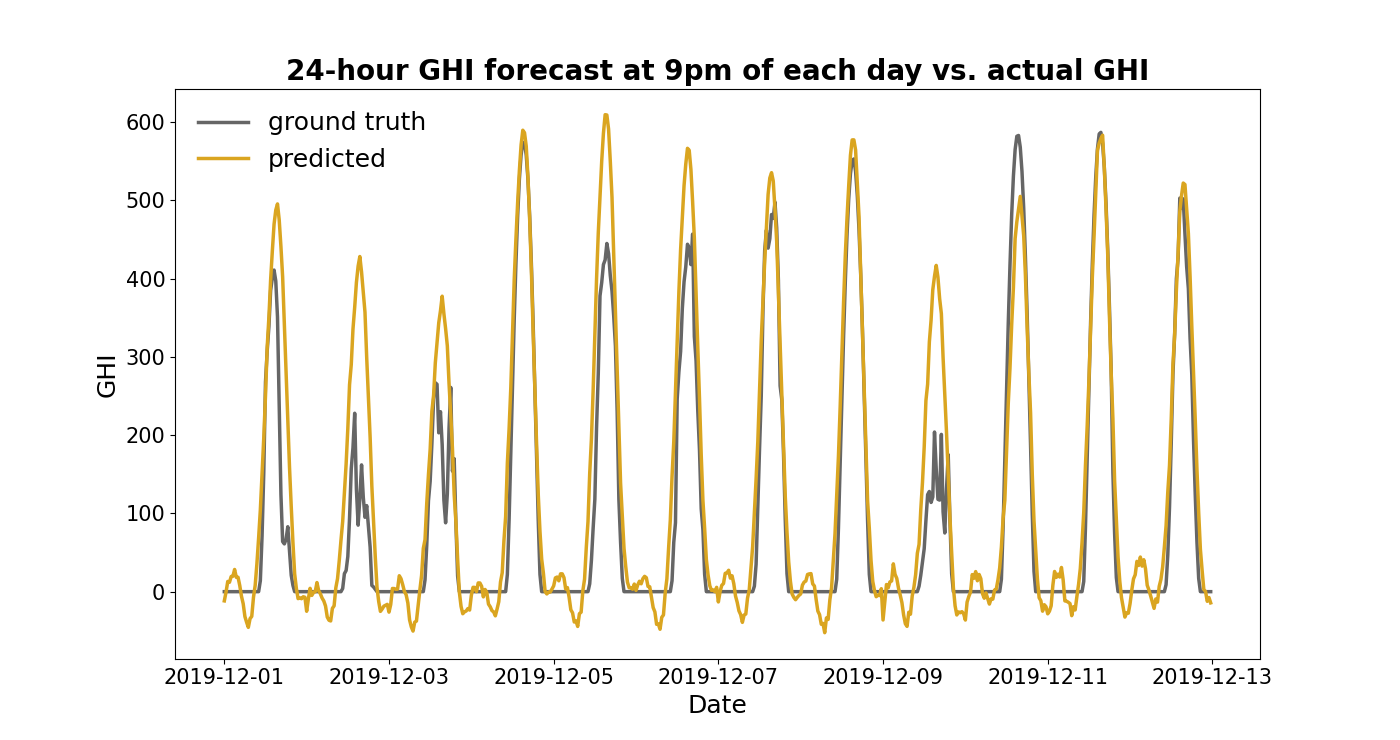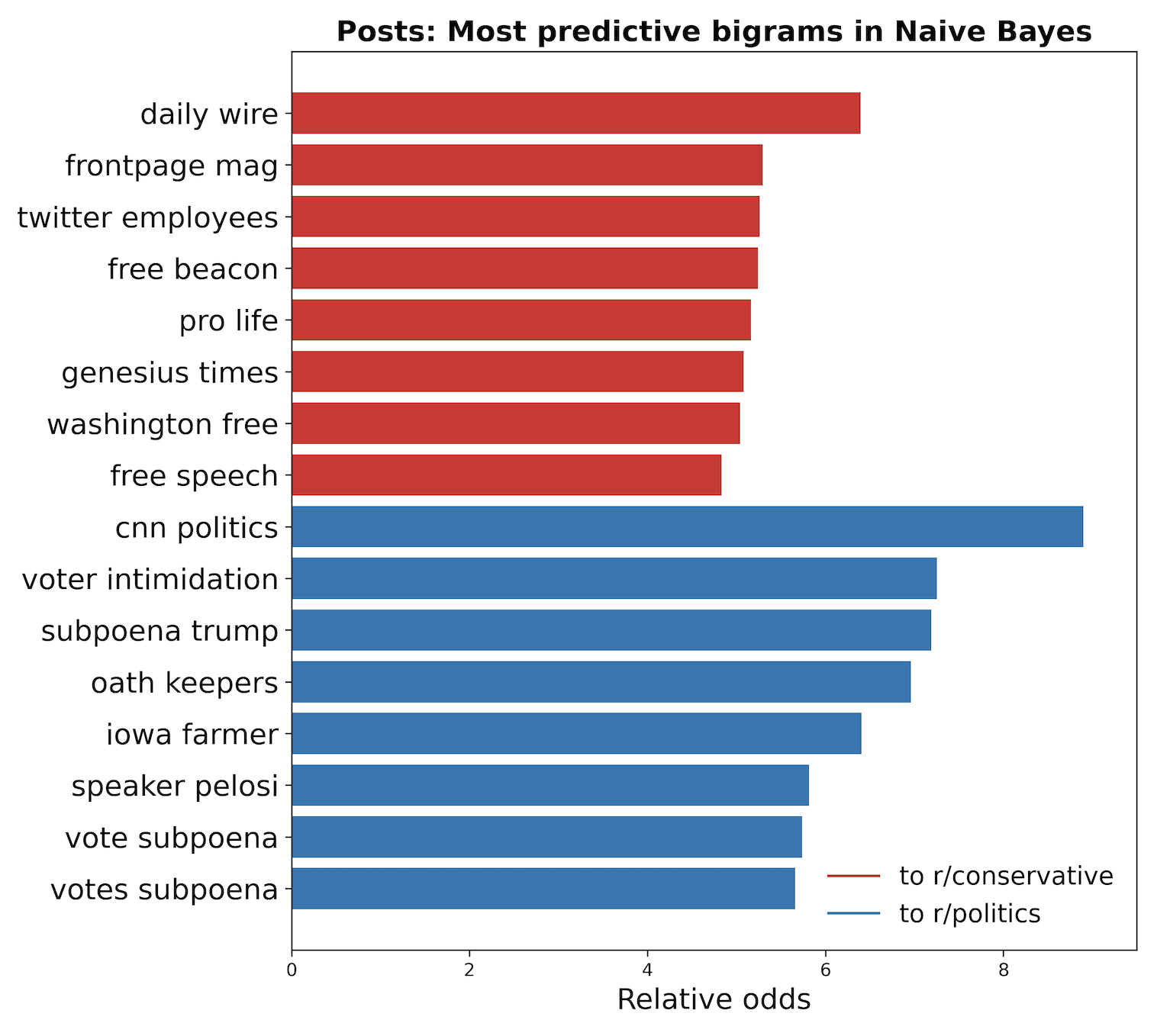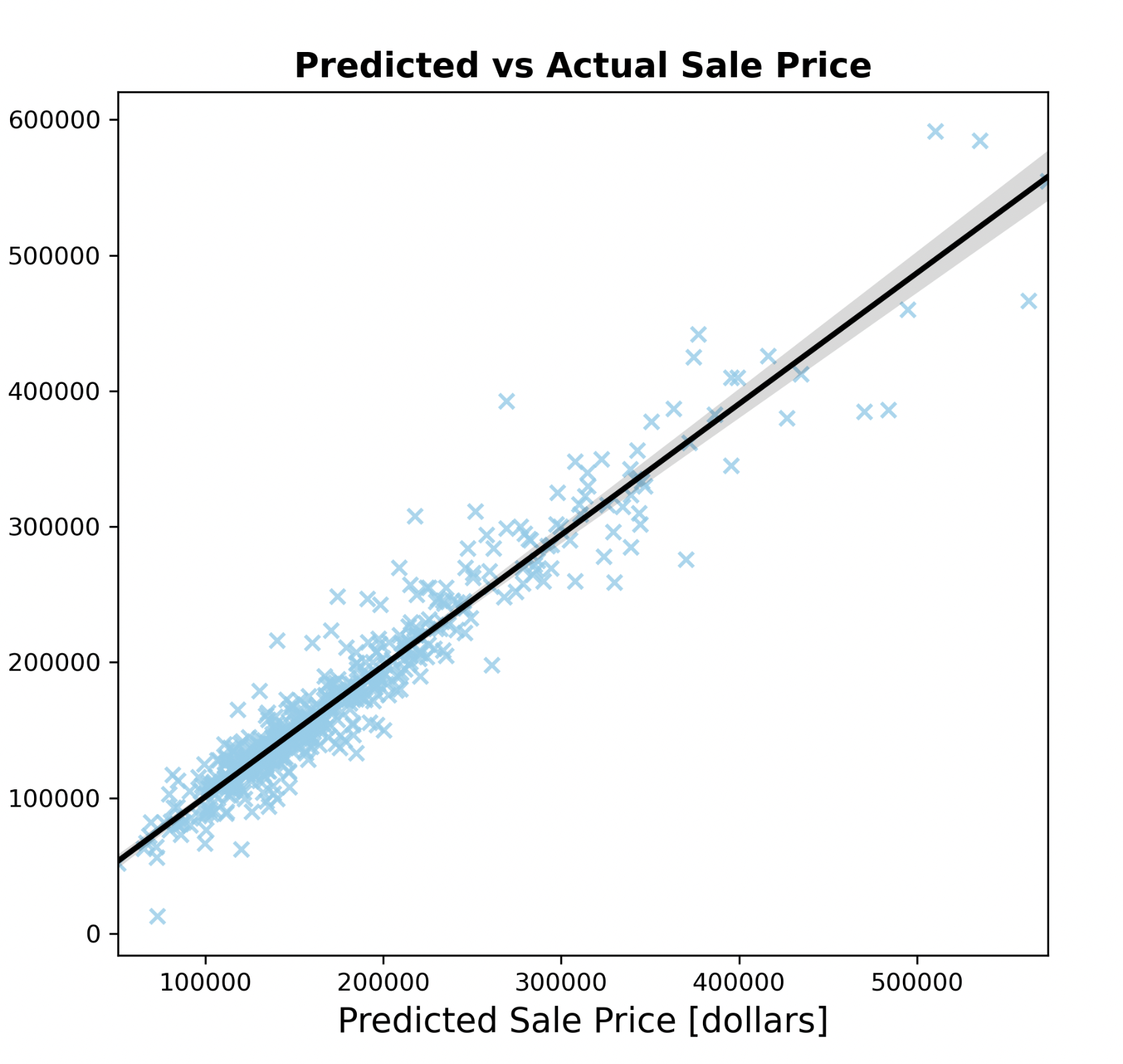Publications
2023
Martijn de Vries, Adam B. Mantz, Steven W. Allen. R. Glenn Morris, Irina Zhuravleva, Rebecca E. A. Canning,
Steven R. Ehlert, Anna Ogorzalek, Aurora Simionescu and Norbert Werner
Chandra measurements of gas homogeneity and turbulence at intermediate radii in the Perseus Cluster
Published in: Monthly Notices of the Royal Astronomical Society
Online |
Github
2022
Martijn de Vries, Roger W. Romani, Oleg Kargaltsev, George Pavlov, Bettina Posselt, Patrick Slane, Niccolo’ Bucciantino, C. -Y. Ng and Noel Klingler
A Quarter Century of Guitar Nebula/Filament Evolution
Published in: The Astrophysical Journal
Online |
Github
Martijn de Vries and Roger. W. Romani
The Long Filament of PSR J2030+4415
Published in: The Astrophysical Journal
Press Release |
Online |
Github
2021
Martijn de Vries, Roger W. Romani, Oleg Kargaltsev, George Pavlov, Bettina Posselt, Patrick Slane, Niccolo’ Bucciantini, C. -Y. Ng and Noel Klingler
PSR J1709-4429’s Proper Motion and Its Relationship to SNR G343.1-2.3
Published in: The Astrophysical Journal
Online
2020
Martijn de Vries and Roger W. Romani
PSR J2030+4415's Remarkable Bow Shock, PWN, and Filament
Published in: The Astrophysical Journal Letters
Online
Bradford Snios, Amalya C. Johnson, Paul E.J. Nulsen, Ralph P. Kraft,
Martijn de Vries Richard A. Perley, Lerato Sebokolodi and Michael W. Wise
The X-Ray Cavity Around Hotspot E in Cygnus A: Tunneled by a Deflected Jet
Published in: The Astrophysical Journal
Online
2019
Martijn de Vries, Michael W. Wise, Paul E.J. Nulsen, Aneta Siemiginowska, Antonia Rowlinson and Christopher S. Reynolds
Evidence for a TDE origin of the radio transient Cygnus A-2
Published in: Monthly Notices of the Royal Astronomical Society
Online
2018
Martijn de Vries, Michael Wise, Daniela Huppenkothen, Paul E.J. Nulsen, Bradford Snios, Martin J. Hardcastle, Mark Birkinshaw, Diana M. Worrall, Ryan T. Duffy and Brian R. McNamara
Detection of non-thermal X-ray emission in the lobes and jets of Cygnus A
Published in: Monthly Notices of the Royal Astronomical Society
Online



